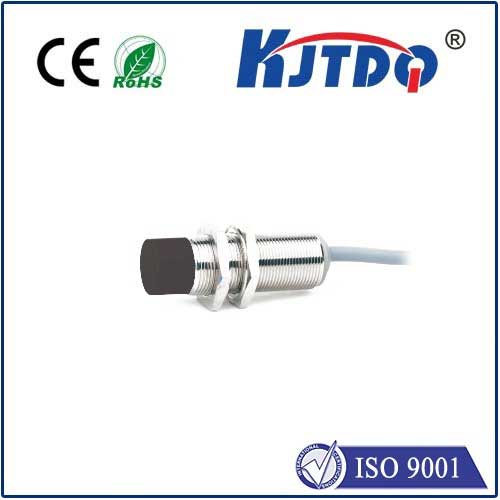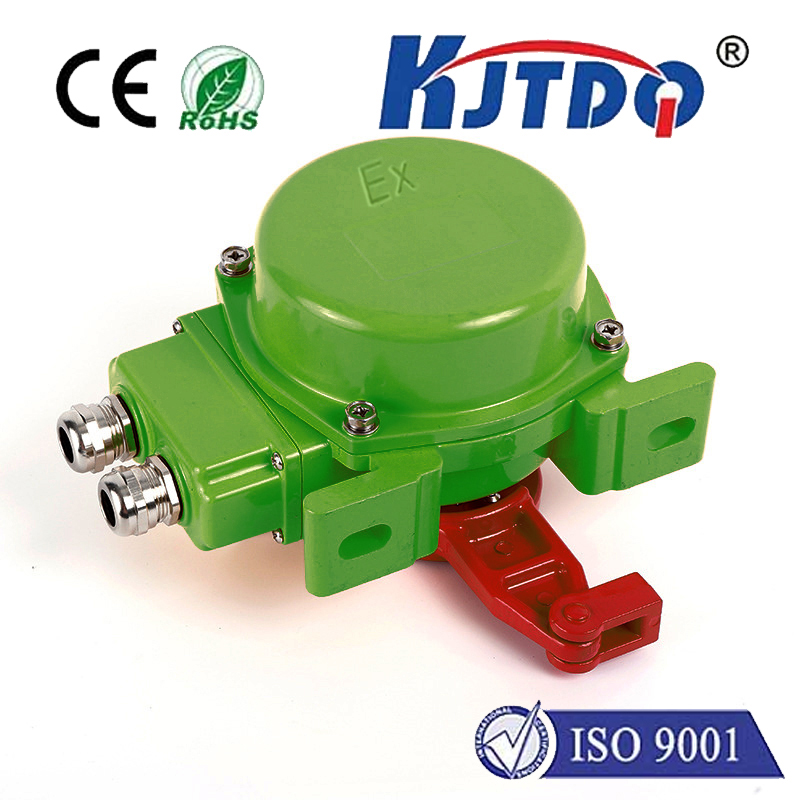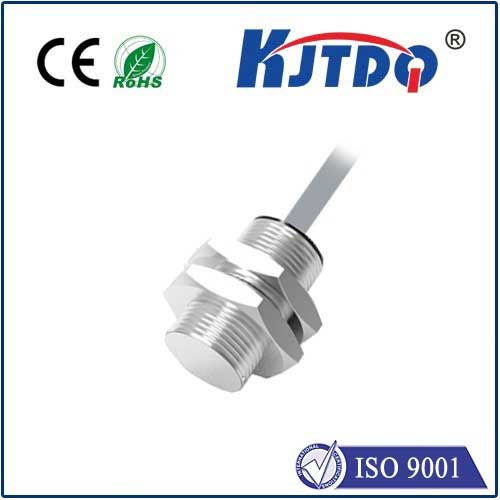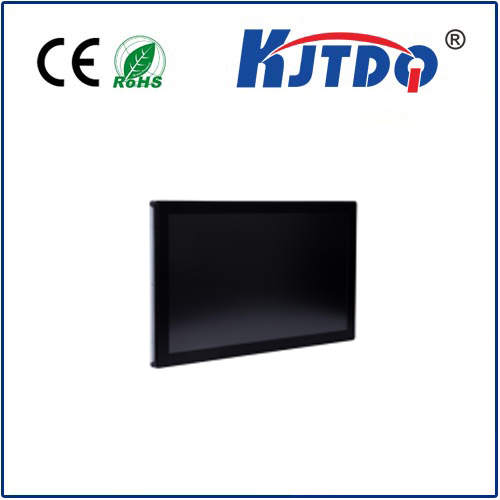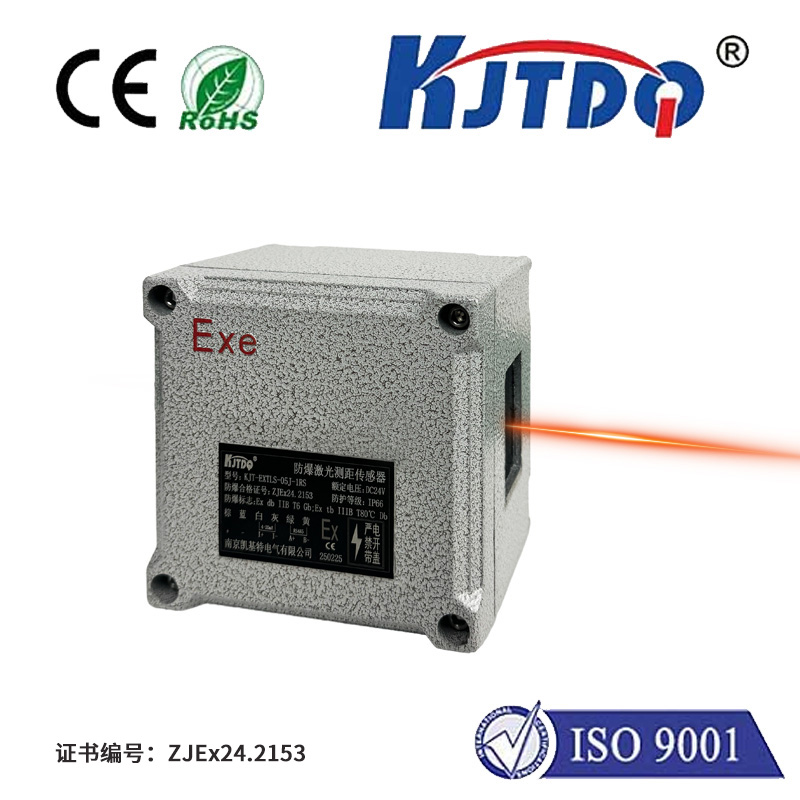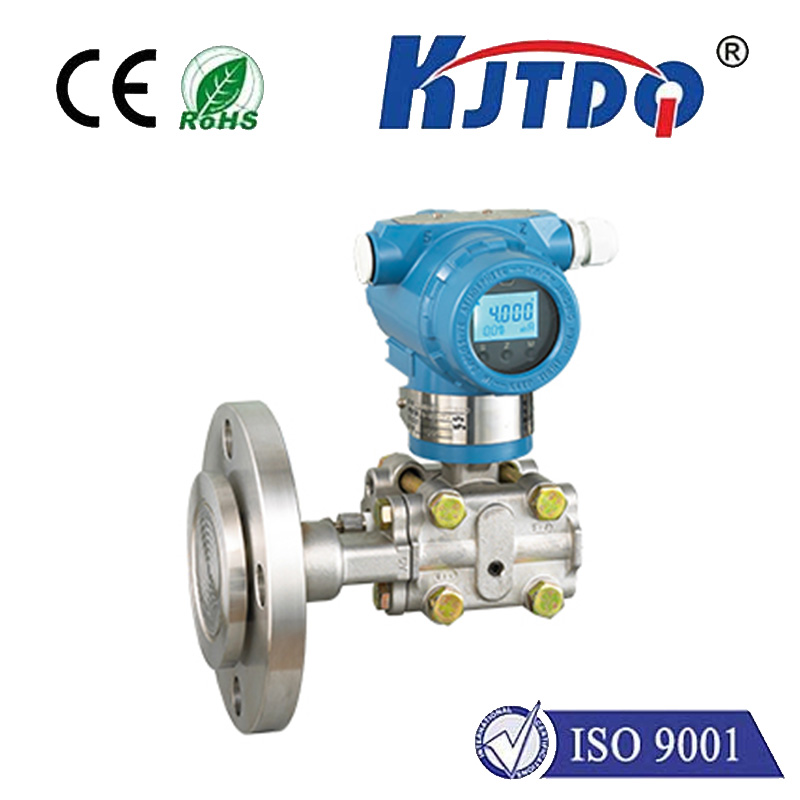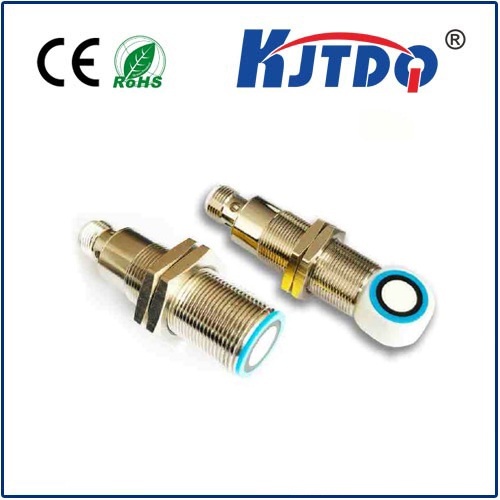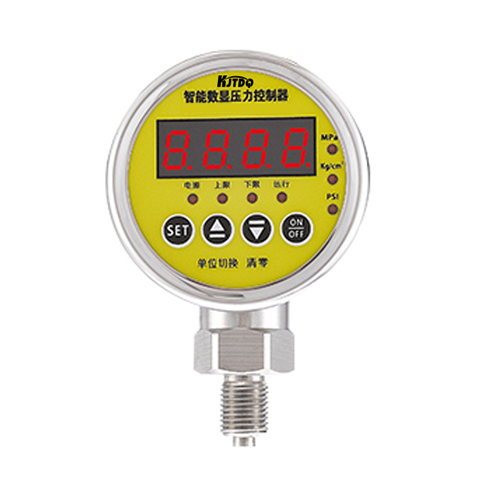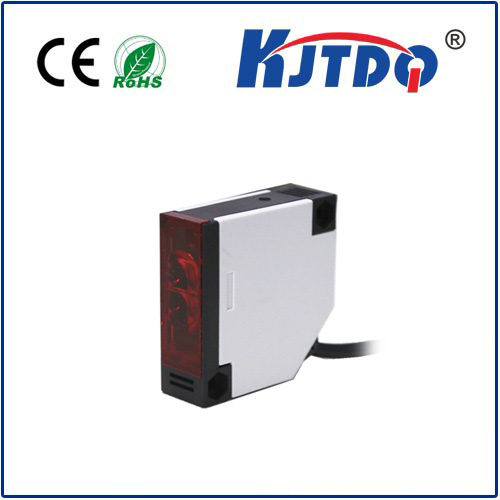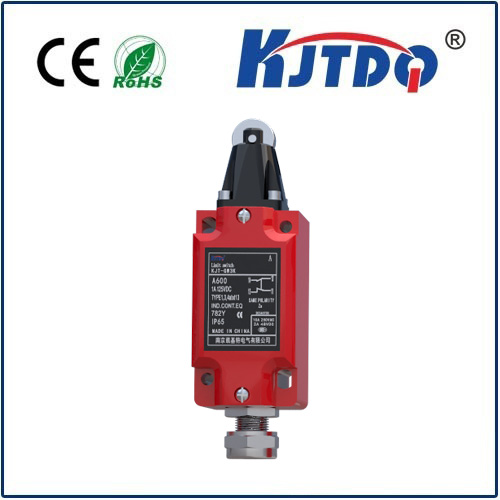

check

check

check

check

check

check

check

check

check

check
Exploring the Intricacies of Optical Endstop Switches: A Comprehensive Guide
Optical endstop switches have revolutionized the way we perceive and interact with machines, making them an integral component in various technological applications. These switches utilize light to detect the presence or absence of an object, thereby providing precise positioning control in automated systems. In this comprehensive guide, we will delve into the intricacies of optical endstop switches, exploring their design, functionality, and applications.
The Basics of Optical Endstop Switches
An optical endstop switch consists of a light source, typically an LED, and a photosensor that detects changes in the intensity of the light beam. When an object interrupts the beam of light, the photosensor registers this change, triggering a signal that indicates the object's position. This simple yet effective mechanism has made optical endstop switches highly reliable and precise, offering advantages over traditional mechanical switches.
Key Features and Advantages
One of the most significant advantages of optical endstop switches is their non-contact nature. Unlike mechanical switches that rely on physical contact between components, optical switches can detect objects without any direct contact, reducing wear and tear and extending the device's lifespan. Additionally, optical switches offer higher resolution and accuracy, enabling finer control over positioning tasks. They are also immune to environmental factors such as dust, moisture, and temperature fluctuations, making them ideal for use in harsh conditions.
Applications of Optical Endstop Switches
The versatility of optical endstop switches has led to their widespread adoption across various industries. In manufacturing, they are used in robotics for precise positioning during assembly lines. In the printing industry, they ensure accurate paper alignment and registration. Optical switches also play a crucial role in packaging equipment, where they detect product positioning for proper packaging. Furthermore, they are essential components in CNC (Computer Numerical Control) machines, providing real-time feedback for tool positioning and speed control.
Integration with Automated Systems
The compatibility of optical endstop switches with automated systems has opened up endless possibilities in terms of efficiency and productivity gains. By integrating these switches into motion control systems, manufacturers can achieve seamless synchronization between different machine components. This integration allows for more complex operations, such as multi-axis movements and coordinated actions among multiple devices, all while maintaining high precision and accuracy.
Customization and Scalability
One of the unique aspects of optical endstop switches is their customizability. Manufacturers can tailor the switch's specifications based on their specific needs, including adjustments to sensitivity levels, response times, and output signals. This flexibility makes optical switches suitable for both small-scale projects and large-scale industrial applications. Moreover, as technology continues to advance, the scalability of optical endstop switches ensures that they remain relevant and adaptable to emerging trends and requirements.
Conclusion
Optical endstop switches have proven to be invaluable tools in modern technology, offering unparalleled precision, reliability, and versatility. As we continue to push the boundaries of automation and seek ever-greater efficiencies in our processes, these switches stand poised to play an increasingly vital role. Whether in manufacturing, printing, packaging, or CNC operations, optical endstop switches provide a robust solution for accurate positioning control. As we look towards the future of automation and machine intelligence, it is clear that optical endstop switches will remain at the forefront of innovation and progress.
